Description project by Enric Ortega
La Massa, Vilassar de Dalt's Theatre
On October 10th, 1880, Genís Trias Cuyàs, baker; Melcior Bruguera Manning, financier; Joan Parcet Fàbrega, surgeon; Pere Villà Teyà, manufacturer; Jaume Serra Monnà, manufacturer; Josep Piferrer Pintó, businessman; Salvador Boquet Vives, landowner; Salvador Banús Feliu, businessman; Pere Màrtir Vehil Banús, chemist, and, Josep Vehil Font, manufacturer, together formed an association and built, on a property purchased by Genís Trias from Antoni Roldós for the sum of 4,500 pesetas, “premises that could be utilised for theatre, dancing and also as a café.”
The impressive La Massa Theatre was constructed between November 1880 and March 1881 by master builder Rafael Guastavino Moreno. Gusatavino designed a circular structure with a rectangular stage area. The building's most distinguishing feature is the 17-metre diameter Catalan vault over the main hall. At only 3.5 metres in depth the dome is relatively shallow and its structure consists of a double layer of ceramic tiles. It features a 4-metre diameter oculus in its centre and small peripheral vaults supported by cast iron columns that create the perimeter boxes of the hall.
Rafael Guastavino, originally from Valencia but trained and educated in Catalonia, studied at the Escola Especial de Mestres d’Obres (School of Master Builders) and subsequently at the Barcelona School of Architecture where he was a disciple of the architect Elies Rogent. Guastavino left for the United States before seeing completion of the La Massa theatre, but he left his mark in Catalonia with such buildings as the Batlló factory, now the Barcelona Industrial School, and Vilassar's theatre.
In the United States, Guastavino impressed architects by offering them the Catalan vault with a range of domes and cupolas for enclosing large spaces, a solution that was economic, effective and patented as the Guastavino System, and where he established the Guastavino Fire-proof Construction Company. His work can be seen in more than 1,000 structures, especially in public buildings, and became a benchmark of modern American architecture. The New York Times, in 1908, in its obituary stated that “New York's architect has died,” a sign of the enormous importance of Guastavino on American soil.
In 1889, with the intent of providing its members a space for leisure activities, teaching and mutual assistance the Centre Vilassanes association, commonly called La Massa, was established in the context of an economically booming Vilassar. That boom led to the creation of collective labour associations, such as the Estrella, or in the case industrial workers the establishment of La Massa.
The Centre Vilassanes, with its café, which occupied the two floors of the building annexed to the theatre, became the principal motor for social and cultural activities in Vilassar. Countless meetings were held over the café’s marble tables, dances, theatre productions and, from 1905, it served as a cinema, endowing the association with an intense level of activities. Throughout the 20th century, new cultural activities, the preservation of archaeological heritage and excursions originated with La Massa …, without losing sight of its duty of mutual assistance fulfilling an essential task of care.
In 1997 a partnership was established between the Centre Vilassarenc and the municipality of Vilassar in order to promote the restoration of the building, which came under the direction of the architects Solà Morales, Lluís Dilmé and Xavier Fabré. This effort culminated in 2002 with the completion of a theatre as a modern cultural facility, which would resume a regular programme of activities.
Currently the association under the name of La Massa, Centre de Cultura Vilassarenc, which includes various sections such as music, poetry, mountain (excursions) …, continues with the original spirit of being one of the cultural motors of Vilassar.
La Massa is one of the jewels of our architectural heritage, declared to be an asset of National Cultural Interest in 2014. For many generations of Vilassar's residents it has been a meeting place, a place of experiences and training, and a place where dreams have turned, beyond the mere building, into a collective heritage: La Massa is Vilassar's theatre, a symbol and landmark of our small community.
Today we recover one of those works whose value increases over time. Thanks to photographs by Simón Garcia the project is presented as impressive and great as the opening day after the execution by Rafael Guastavino, of its roof or after the reopening in 2002, who had made by Ignasi de Solà-Morales, Lluís Dilmé and Xavier Fabre, although Ignasi de Solà-Morales could not see it.
The images by Simón García present us the inside with the work by Rafael Guastavino in its maximum splendor. The dome was build with easy materials and with a great dimensions (tabicada dome 17 meters in diameter by 3.5 meters arrow, with an oculus of 4 meters in diameter) remains today, a premonitory impressive preview of what would end up he doing in the United States, where the New York Times would rate it as "the architect of New York", an accordance nickname with an impressive resume of more than 1,000 works in the United States, all bright, some of them truly exceptional and others almost mythical as Subway station, the "City Hall station".
More information
Published on:
September 21, 2016
Cite:
"La Massa, Vilassar Theater by Rafael Guastavino" METALOCUS.
Accessed
<https://www.metalocus.es/en/news/la-massa-vilassar-theater-rafael-guastavino>
ISSN 1139-6415
Loading content ...
Loading content ...
Loading content ...
Loading content ...
Loading content ...
Loading content ...
Loading content ...
Loading content ...
Loading content ...
Loading content ...
Loading content ...
Loading content ...
Loading content ...
Loading content ...
Loading content ...
Loading content ...
Loading content ...
Loading content ...
Loading content ...
Loading content ...
Loading content ...
Loading content ...
Loading content ...
Loading content ...
Loading content ...
Loading content ...
Loading content ...
Loading content ...
Loading content ...
Loading content ...
Loading content ...
Loading content ...
Loading content ...
Loading content ...
Loading content ...
Loading content ...
Loading content ...
Loading content ...
Loading content ...
Loading content ...
Loading content ...
Loading content ...
Loading content ...
Loading content ...
Loading content ...
Loading content ...
Loading content ...
Loading content ...
Loading content ...
Loading content ...
Loading content ...
Loading content ...
Loading content ...
Loading content ...
















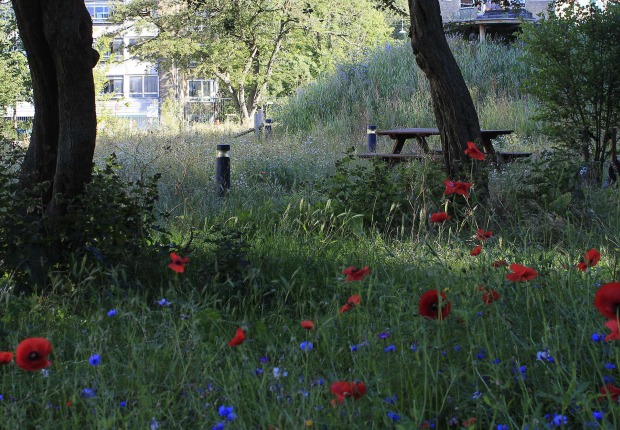
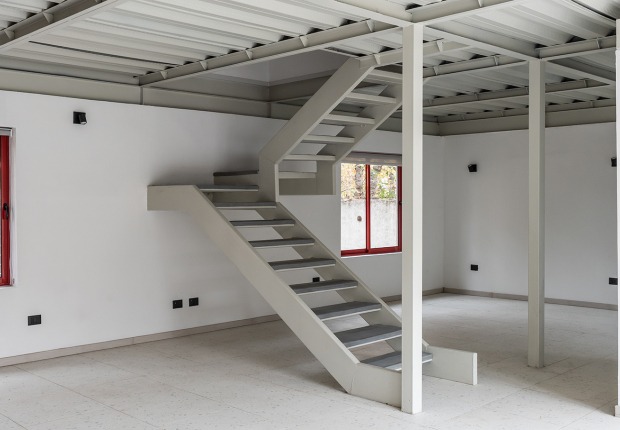





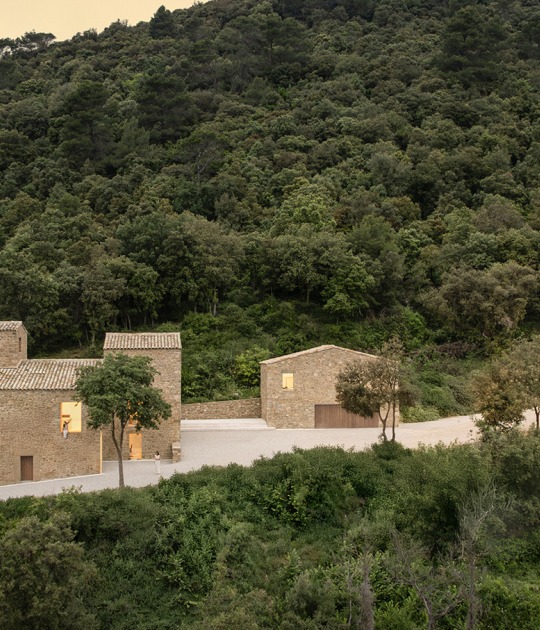
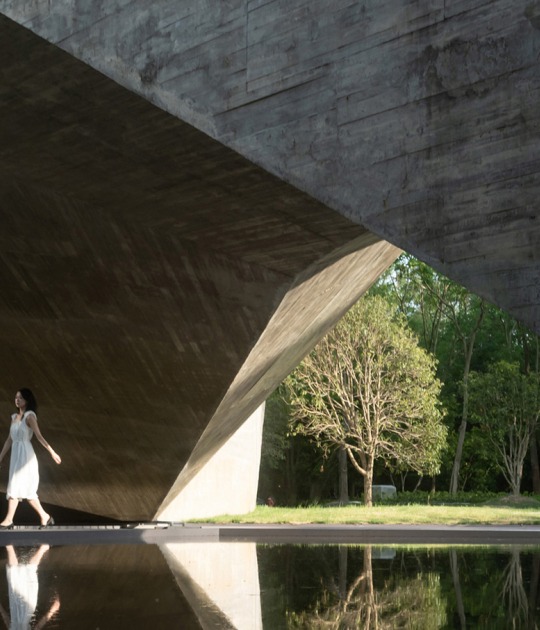
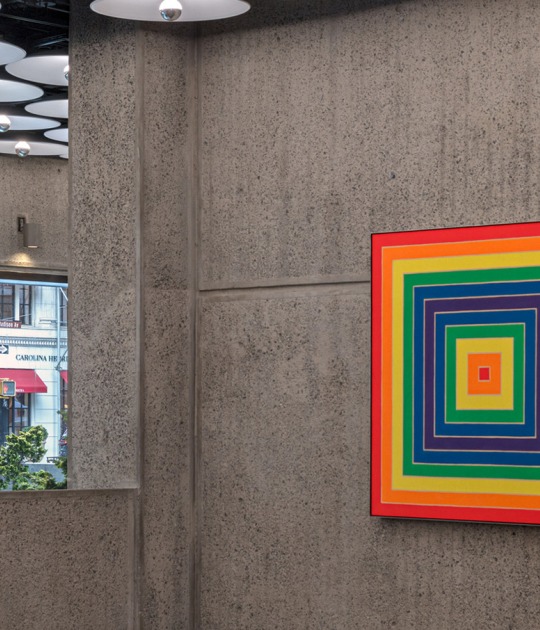




![Guastavino and "City Hall station"[NYC] Guastavino and "City Hall station"[NYC]](/sites/default/files/styles/mopis_home_news_category_slider_desktop/public/images-lead/city_hall_station_01.jpg?h=cb957c44&itok=shTJ_jX4)







